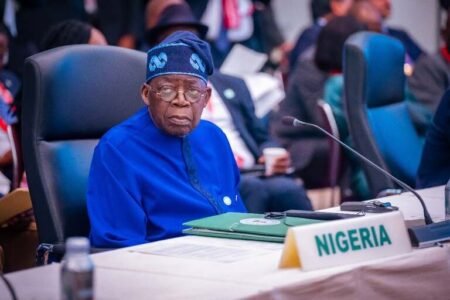Apple released a new iPhone series, the iPhone 15, with a redesigned titanium shell, a speedier chip, and increased video game playability.
The biggest surprise with the iPhone 15, which will be released on September 22nd, is that it did not hike prices, recognizing the global smartphone decline.
The event at Apple’s Cupertino, California, headquarters comes amid lingering economic uncertainty, particularly in China, Apple’s third-largest market, where it faces challenges from expanded restrictions on using iPhones in government offices and Huawei Technologies’ first new flagship phone in several years.
Huawei increased its second-half shipping target for the new Mate 60 series smartphone with satellite capability by 20%, according to the country’s official Securities Times on Tuesday, just before Apple’s event.
Apple did not present any major surprises, as shares fell 1.7% following the event.
While Apple avoids using the phrase artificial intelligence (AI), the technology was the driving force behind several new capabilities.
According to an Apple executive, the company employed machine learning to recognize a person in the frame, allowing users to instantly or later, via the Photos app, convert a photograph into a portrait.
Apple also unveiled new watches, including a Series 9 Watch with a “double tap” feature that allows users to accomplish things like answering a phone call by tapping their thumb and finger together twice without touching the watch.
According to Apple Chief Operating Officer Jeff Williams, it employs machine learning to identify minute variations in blood flow when the user taps their fingers together, freeing up the other hand for other chores like walking a dog or holding a cup of coffee.
Both the Pro and standard iPhone 15 versions will boast a brighter display, a 48-megapixel camera, and batteries made entirely of recycled cobalt.
According to Apple, the iPhone 15’s satellite connectivity can now be used to request roadside assistance. The feature is being rolled out in collaboration with the American Automobile Association (AAA) in the United States.
Apple has announced that USB-C charging cords will be available for both the iPhone 15 and the charging case for its AirPods Pro devices. The change reflects European regulators’ standards for USB-C and permits the use of the same charging cables that are now used for iPads and Macs.
“I was expecting Apple to try and spin the all-USB-C decision in a certain way, but they didn’t; they were very matter-of-fact in the way they talked about it,” Carolina Milanesi, an analyst with Creative Strategies, said. She stated that the change “brought some differentiation to the iPhone Pro because there is faster data transfer throughput. That will be useful for people who use the gadget for professional photography, according to Milanesi.
Apple also stated that the iPhone 15 Pro can take “spatial videos” by combining two of the device’s cameras to create a three-dimensional video. According to marketing boss Greg Joswiak, such videos will be viewable on Apple’s Vision Pro headset, which will be available early next year.
The inclusion of titanium in the Pro makes it lighter and stronger than prior models made of other metals.
The consistent prices surprised Bob O’Donnell, CEO of TECHnalysis Research.
“I believe both Apple and the carriers recognize that with consumers feeling budget pressure and a lack of dramatic changes, convincing people to upgrade is becoming more difficult. “Keeping prices stable should help,” he said.
The iPhone 15 is $799, the iPhone 15 Plus is $899, and the Pro series is $999. The Pro Max starts at $1,199, which is the same pricing as last year for the same storage capacities. Apple previously sold a $1,099 iPhone Pro Max with less RAM.
Apple continues to rely on the iPhone for more than half of its sales, but the worldwide smartphone market has shrunk from 294.5 million total phones shipped in the first quarter to 268 million in the second. According to Counterpoint Research, Apple’s shipments fell the least of any major smartphone maker, from 46.5 million to 45.3 million.
The outdoor sports-oriented Apple Watch Ultra 2 offers additional cycling and diving features, as well as the brightest screen Apple has ever built. The Series 9 will cost $399, while the Ultra 2 will cost $799 and will be available on September 22.
According to Lisa Jackson, Apple’s environmental chief, the business will no longer utilize leather in any of its products. The company is replacing some of those products with “FineWoven,” a fabric that it claims feels like suede.
The presentation focused on Apple’s efforts to become carbon neutral by 2030, including the introduction of lower-carbon watches.









